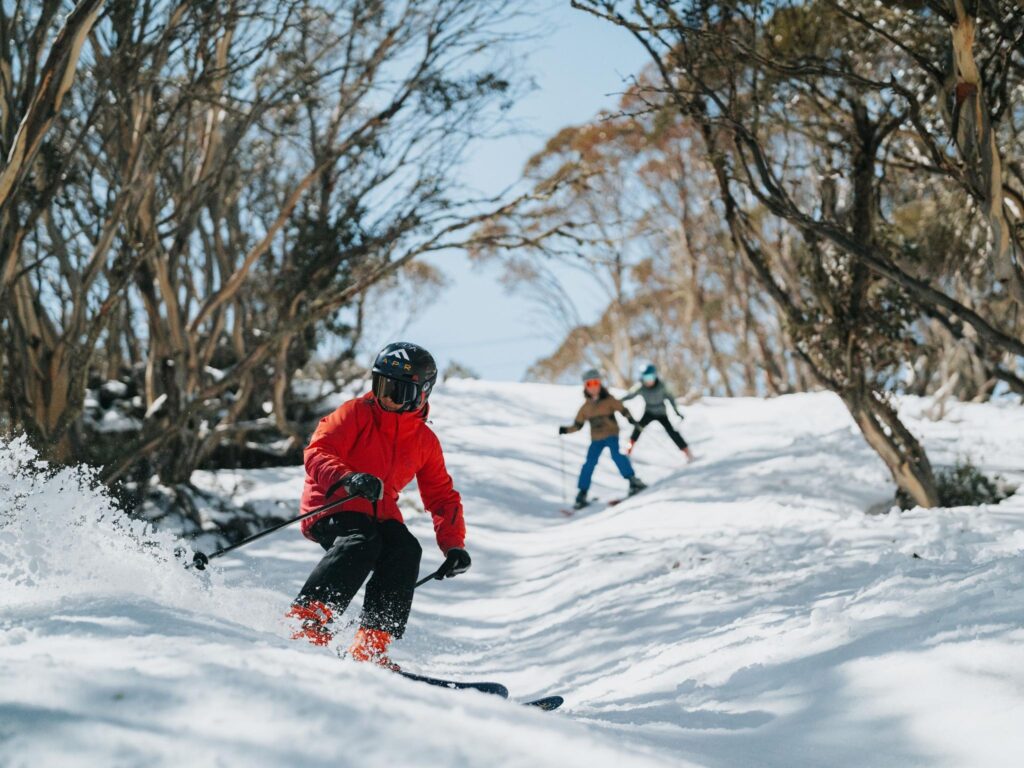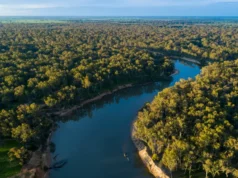
With our snow fields opening, weather experts reveal what is in store — and what to do if it doesn’t snow.
The story goes that towards the end of the legendary ski season of 1981, when more than 3.5m of snow fell in some parts of the Australian Alps, a resort worker from Mt Hotham went to retrieve his car from a carpark on the mountain.
Unable to find it, he feared his vehicle had been stolen. It wasn’t until the snow melted a few weeks later that he found it exactly where it had been left. It had been so comprehensively buried by snow that other cars had parked on top.
In 1991, it snowed so much that groomers had to plough a path so Perisher’s Terminal chairlift could run, and even then riders’ dangling skis would skim the snow. The following year the snow was so good Mt Buller stayed open until Melbourne Cup weekend, and people were skiing off Mt Kosciuszko on Boxing Day.
Will we ever see those days again? Going on last season, you wouldn’t bet on it. Ski resorts tend to sugar-coat when nature doesn’t powder-coat, but there’s no getting around the fact that 2023 was a fizzer.
It was Australia’s warmest winter on record, and our worst snow season in 17 years, with a peak snow depth of 131cm recorded near Perisher, and just 56cm at Mt Buller. Every resort limped to an early close.
The outlook for the future isn’t promising, either. Modelling released this week byAustralian National University and Protect Our Winters Australia shows our ski seasons – already short compared with other countries – could shrink by up to 55 days by 2050 if greenhouse gas emissions aren’t drastically reduced.
Read the full story here


